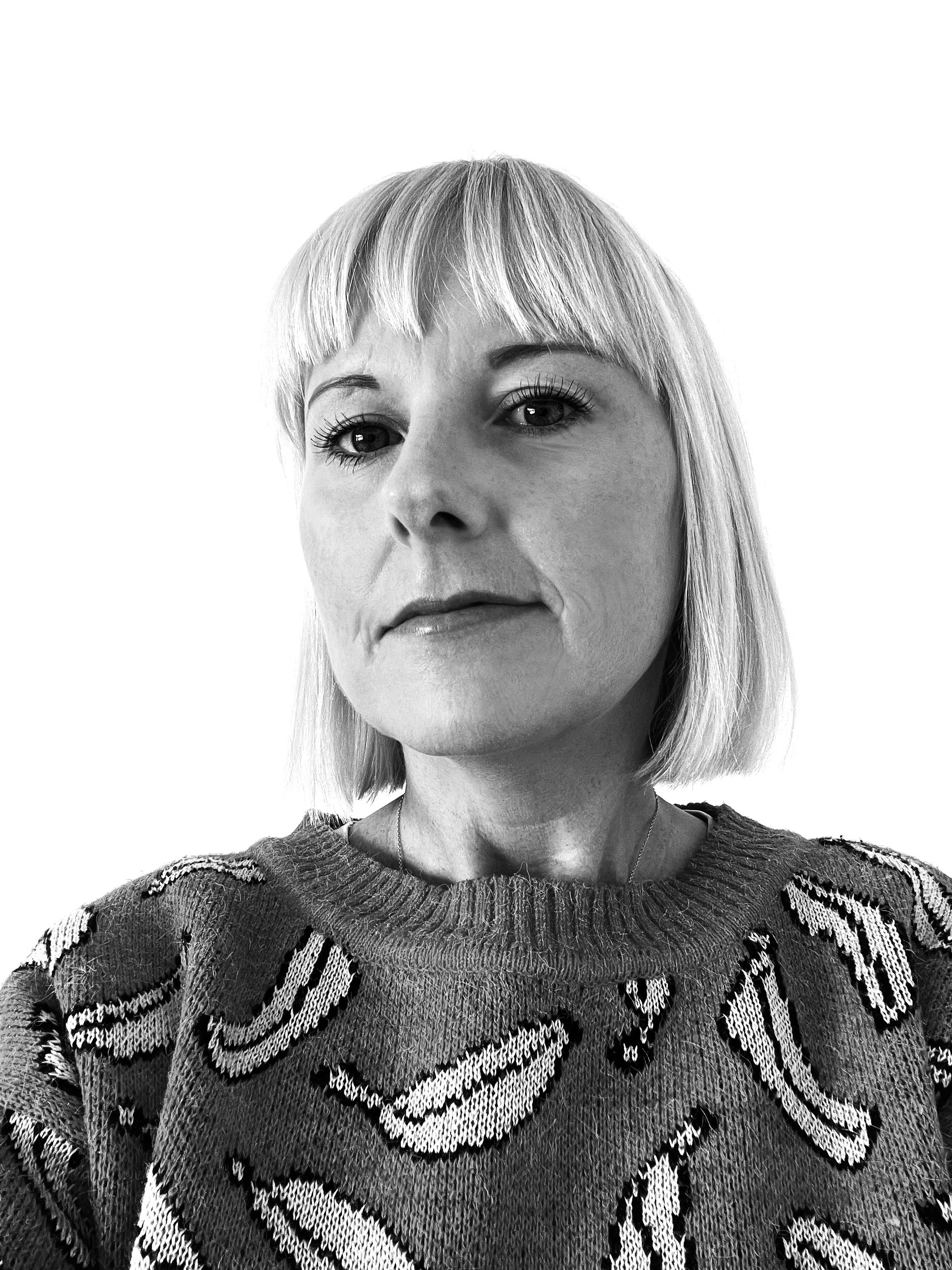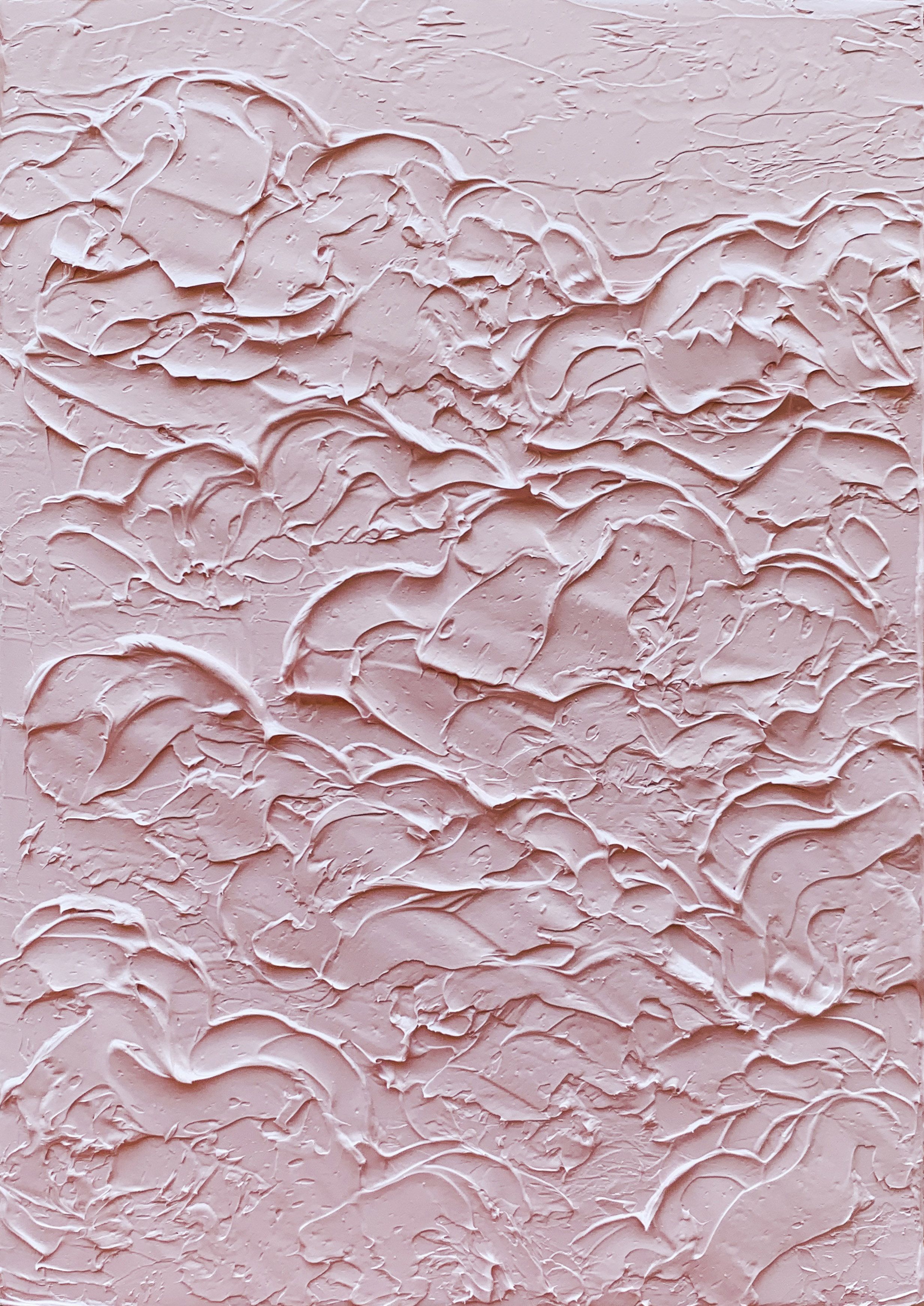Latitudes chats with artist Sera Holland
We've taken a moment to interview Sera Holland, diving deep into her practice as an independent artist.
----------

Sera Holland, courtesy of the artist
Sera Holland is a designer, illustrator and artist living and working under the slopes of Table Mountain in Cape Town, South Africa. While Sera was for many years better known for her textiles and homeware products, her newfound exploration of painting has grown into a full-time obsession. Sera has started to gain recognition for her love of thick impasto oil paint, where she strives to merge the abstract with the real. Up close, her artworks appear to be in total chaos, but as you zoom out, order is restored and the image is revealed. While Sera is predominantly inspired by the beautiful natural landscape in which she lives, she also enjoys exploring themes of colour and texture, often with an element of playfulness.
Latitudes Online (LO): What piqued your interest in art and how did you realise your practice from there?
Sera Holland (SH): I have always loved painting and drawing, and being creative and making things. When I finished school, I didn’t think I could earn a living as an artist, so I went into graphic design, which then led me into textile design. In 2018 I decided to swap making products for making paintings, and so I closed my homeware business so I could pick up a brush and spend some time painting again. I joined a weekly oil painting class and never left. In 2020, when Covid hit, there were a couple of artists who were making paintings in return for charitable donations. I really wanted to help, and so I threw caution to the wind and put myself out there. I ended up making over 40 little landscape paintings for charity before I felt confident enough to charge people for my artworks.

Sera Holland, In-between, R 16,000.00 ex. VAT, CONTACT TO BUY
LO: How do you like to describe your practice? What are important thematic considerations for your practice?
SH: My practice is multi-disciplinary, but it is mostly centred around painting, which is what I enjoy doing most currently. I am also a designer and a ceramicist, so I work across all kinds of different projects at different times, which I love because it keeps things interesting.
Painting is my passion, and I am having a bit of a love affair with oil paint currently. Oil paint has this magical way about it, and I often feel like I might begin a painting inspired by the beauty of nature, but I’ll end up being inspired by the beauty of the paint.
There are very strong themes of colour, texture and play in my work. I love to work on big thick alla prima impasto paintings which are predominantly inspired by nature. I have my monochromatic #mypinkseries paintings where I experiment with texture and mark making, and attempt to use light and shadow as additional colours. And then I also have my little palette scallops, that are made using any leftover paint, which are basically little experiments in colour. But as much as they come across as fun and decorative, I often use them to make personal statements about the world we live in.
LO: Nature is a key informant of your multidisciplinary practice; how does it present as a continuous form of inspiration and offer you creative direction across your painting, ceramic and design practices?
SH: Nature is just so incredibly beautiful. Whether it is an intricate flower detail, or the way the sun shines through the trees, or the different colour combinations of the changing seasons, the inspiration is endless. My style of work is very different across the 3 practices, and even though nature is a common theme, I would choose to interpret it differently for each. Different materials often require different styles, and I like to consider both when working.
LO: You are an artist who strives for independence. What about this so important to you?
SH: I think it’s important to be independent and somewhat in control of your practice and your work as an artist. I don’t mean being independent as in doing everything on your own, but rather being the master of your own destiny and being able to make decisions and find partners that really align with your work and vision rather than being beholden to others who might have different intentions in mind.

Sera Holland, Sunny Side, R 16,000.00 ex. VAT, CONTACT TO BUY
LO: What would you advise other artists who wish to remain independent? What have been some of your biggest learnings and challenges along the way.
SH: I think there is a big preconception that to be a successful artist you need to be with a gallery. But in today’s modern and technological world, you can do whatever you want yourself. There are artists making a living out of their home studios alone, and there are artists making a living showing in international galleries. The best thing you can do is to find the right fit for you, and for your work. No matter what other people are doing. For me, it’s all about finding balance. Balance between work I need to do and work I want to do, work that gets me paid, and work I do for fun. There was a time when I took on so many commissions because I didn’t know how (or want) to say no. But then I ended up having no time for my own work and I found it quite frustrating, despite being in a better financial situation. Now I have a waiting list for commissions so I can take them on as and when I need, while still making sure I have time to work on my own projects.
LO: What tools and practices are essential to your success as an independent artist?
SH: I think it’s important that I get my work out there in the right way, and that I can team up with the right people when I need.
Social media is an integral tool in marketing and selling my work, so I do need to make sure that I take professional photos of my work. This is also a great opportunity to share any inspiration or background information which helps create a bigger picture of you me as an artist which I hope helps to sell my work. I also have a website with my portfolio of work, as well as a list of available work with pricing. Anything that helps make buying my work easier.
Teaming up with the right people is also so important, e.g: a gallery, curator, art agent, shipping agent etc. I have had my ups and downs with a few, but finding someone I can trust makes my life a lot easier knowing I can rely on them when I need. It’s also important to have at least one person who you can chat to about your work. This is ideally someone within the art world who can offer a critical eye or help you resolve potential issues. Someone who is on your side, but isn’t afraid to provide constructive criticism.

Sera Holland, Up in the Pink Fluffy Clouds (mypinkseries), R 1,500.00 ex. VAT, CONTACT TO BUY
LO: In what way does a relationship with an organisation such as Latitudes help to bolster your independence?
SH: Latitudes is wonderful. They offer all the benefits of working with a gallery but without some of the drawbacks. They have a large audience, being online, and a great reputation for sourcing the best in African art. They give me the opportunity to show my work to people who otherwise might not see it, and they give the buyer the reassurance that the artwork will be of highest quality and delivered in perfect condition. They are also organised and professional, and an absolute pleasure to work with.
LO: As an artist who has touchpoints in all aspects of creative practice, how do you envision the future of independent artistic practice and yourself within the arts ecosystem?
SH: I think one of the most exciting and scary aspects of being an artist is having no idea as to what will happen in the future. My main focus (and often mantra) is to just do the work, and the rest will follow and hopefully work out as it should. Whatever that may be, I just hope that I am happy, and that I can afford to keep making the work that I love.
Further Reading In Articles
African Artist Directory















